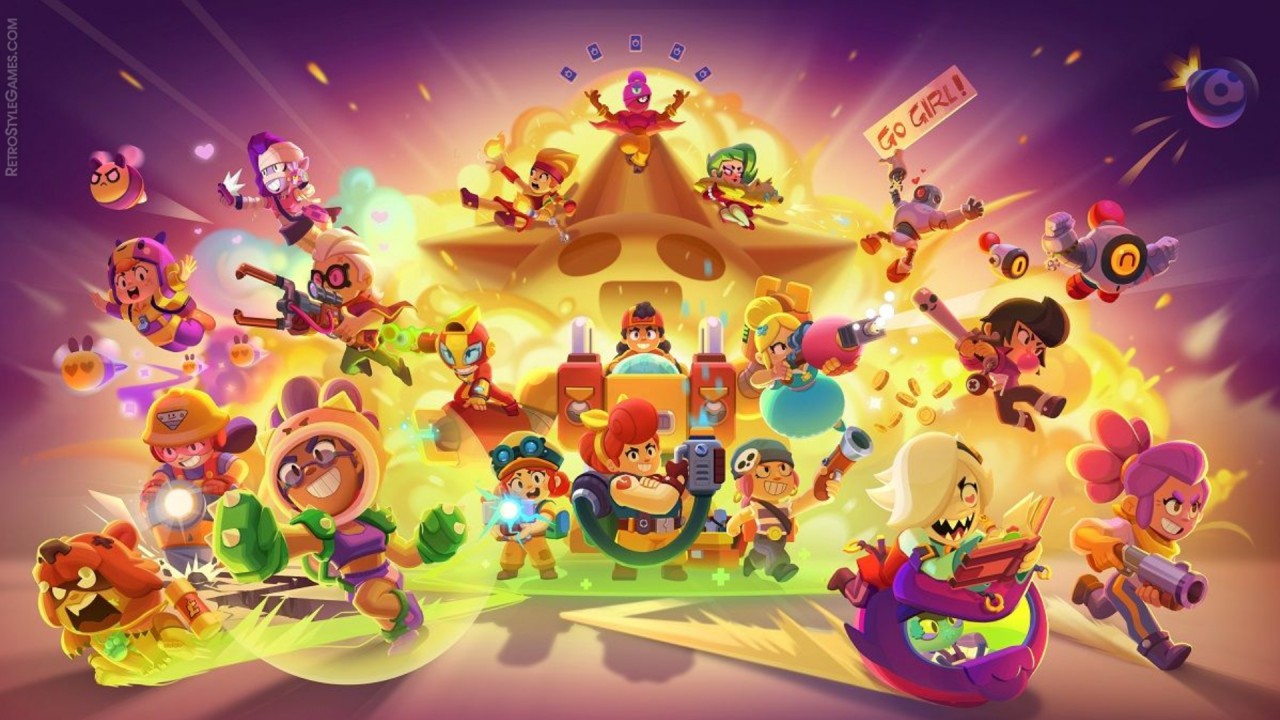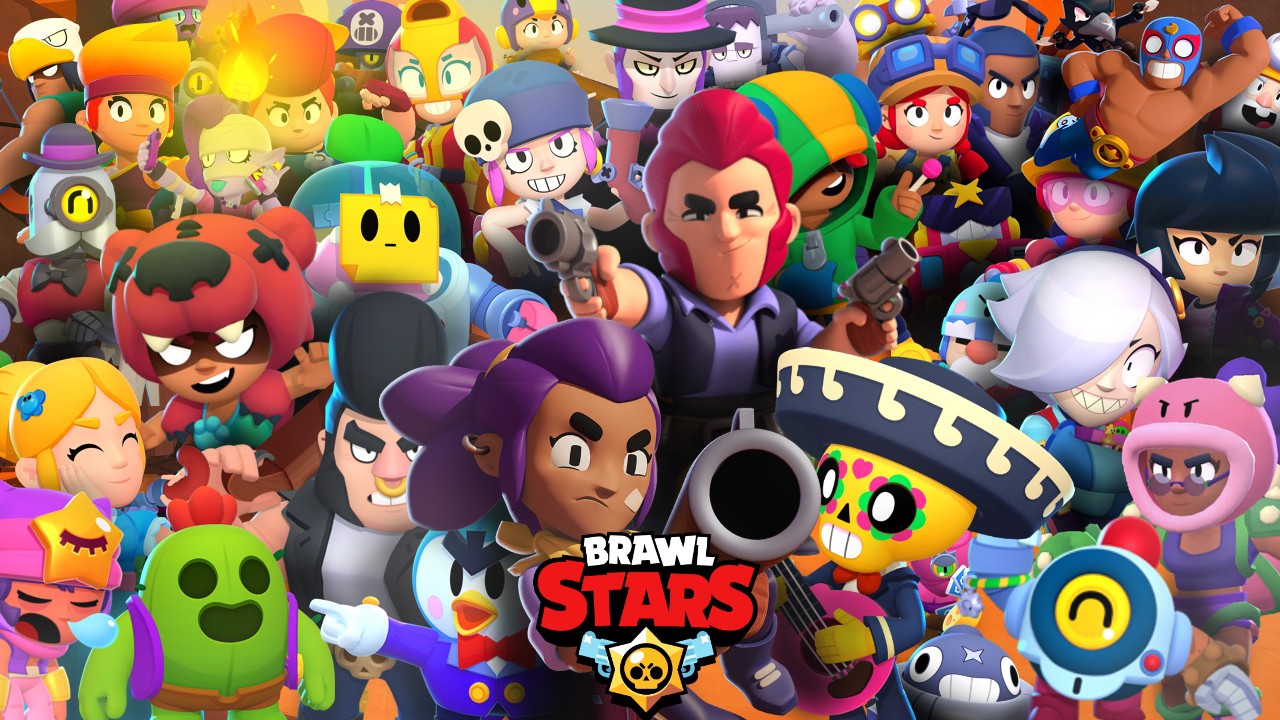Map Awareness and Positioning: How to Control the Battlefield
Mastering map awareness in Brawl Stars is crucial for gaining and maintaining control over the battlefield. Each map presents unique layouts, terrain features, obstacles, and strategic points that influence gameplay dynamics profoundly. Unlike many arena shooters where movement is largely open, Brawl Stars’ maps are characterized by tight corridors, bushes for ambush, walls for cover, and choke points that funnel players into predictable engagements. Knowing these nuances allows players to plan their movement and positioning effectively, optimizing both offense and defense. For example, a player who understands where safe zones and ambush points are can better predict enemy behavior, choose routes that minimize exposure, and find advantageous spots for their brawler’s specific abilities. Map awareness also includes knowing the locations of spawn points for power cubes, healing pads, and other resources critical in modes like Showdown or Brawl Ball. Efficiently controlling these resources can turn the tide of a match by giving your team the upper hand in firepower and survivability.

Beyond static knowledge of the map’s geography, successful players constantly monitor the evolving flow of the game. This includes tracking enemy positions via visual cues, sound, and teamwork communication, as well as anticipating enemy rotations and flanks. Controlling key areas such as bushes, high ground, or central corridors enables a team to deny enemy movement and set traps. For instance, in Gem Grab, controlling the mine area or central lane offers access to crucial gems and vision, while in Heist, defending the safe and key pathways becomes paramount. Experienced players develop an intuitive sense of when to hold ground and when to rotate to new positions based on the shrinking safe zones or the enemy’s state of health and positioning. This dynamic situational awareness is what separates good players from great ones, as it combines raw mechanical skill with tactical foresight. Thats why you need to know beyond static knowledge of the map’s geography, successful players constantly monitor the evolving flow of the game.

Map positioning also varies significantly depending on the brawler you or your team are using. Tanks benefit from holding forward positions to pressure opponents and protect squishier teammates, while long-range sharpshooters thrive in spots with clear sightlines but ample cover. Throwers excel when positioned behind obstacles that maximize their indirect damage potential. Movement abilities, like Crow’s poison trail or Leon’s invisibility, enable players to reposition unpredictably, making map control a fluid contest. In team modes, coordinated positioning ensures players cover each other’s blind spots and can support or retreat as needed. Poor positioning often leads to isolation, vulnerability to ganks, and wasted opportunities. Mastery of map awareness and positioning is not merely about knowing the terrain—it is about controlling space, dictating the pace of engagements, and ultimately forcing opponents into unfavorable decisions that lead to victory.


